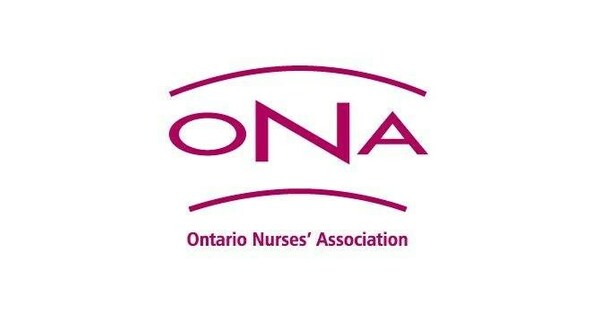In the fast-paced and demanding world of industrial forging, safety should always be a top priority. The forging process involves the manipulation of metals at high temperatures and pressures, which can present a number of hazards if proper precautions are not taken. To address these concerns and promote a secure working environment, the Forging Industry Association (FIA) has provided Safety Checklists for various forging equipment. In this blog, we will focus on the safety checklist for industrial forging rolls, emphasizing the importance of adhering to these guidelines and ensuring a safe workplace.

Industrial forging rolls play a critical role in the forging process. They are responsible for deforming and shaping metal under high-pressure conditions to achieve the desired outcome. However, due to their power and complexity, they also pose significant risks to operators and other personnel in their vicinity. By following the FIA Safety Checklist for industrial forging rolls, these risks can be effectively mitigated.
One of the key aspects of the safety checklist is the regular inspection and maintenance of the forging rolls. This ensures that any potential defects or malfunctions are identified and addressed promptly. Inspections should cover various components including bearings, gears, shafts, and lubrication systems. By keeping these components in optimal condition, the risk of accidents or equipment failure is greatly reduced.
Additionally, operator training and knowledge of safe operating procedures are essential for ensuring a secure environment. Proper training can equip operators with the necessary skills to handle forging rolls safely and deal with potential emergencies effectively. This includes understanding the correct positioning of hands and fingers, wearing appropriate protective gear, and knowing how to shut down the equipment in the event of an emergency. Through regular training and refresher courses, operators can stay up-to-date with the latest safety practices.
Furthermore, the safety checklist emphasizes the importance of installing safety guards and devices on the forging rolls. These safeguards provide an additional layer of protection, preventing operators from coming into contact with moving parts or being exposed to heat, sparks, or flying debris. Safety trip sensors, emergency stop buttons, and interlock systems are some of the commonly used safety devices that should be properly maintained and inspected to ensure their functionality.
Environmental factors can also impact the safety and efficiency of the forging process. Adequate ventilation and exhaust systems are crucial in removing harmful fumes and gases resulting from the forging process. The safety checklist recommends regular inspections of these systems and ensuring compliance with relevant industrial hygiene standards. By maintaining a clean and well-ventilated work area, the risk of respiratory issues or accidents caused by poor air quality can be significantly reduced.
In the challenging world of industrial forging, power presses and other heavy machinery are often used alongside forging rolls. The safety checklist stresses the importance of proper coordination and communication between operators working with interconnected equipment. Additionally, housekeeping practices such as maintaining clear pathways, storing materials and tools properly, and promptly cleaning up spills or debris contribute to a safer working environment.
In conclusion, adhering to the FIA Safety Checklist for industrial forging rolls is vital in establishing and maintaining a secure and productive environment. Regular inspection and maintenance, operator training, installation of safety guards, proper ventilation, and effective communication are all critical components of ensuring safety in the forging industry. By prioritizing safety and following these guidelines, companies can confidently carry out the forging process, safeguarding their employees and promoting overall productivity.
Keywords: industrial forging roll, safety checklist, forging equipment, FIA, secure working environment, inspection, maintenance, operator training, safe operating procedures, safety guards, safety devices, environmental factors, ventilation, exhaust systems, coordination, communication, housekeeping practices.
